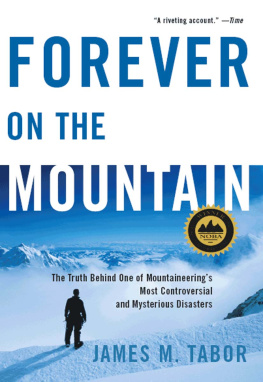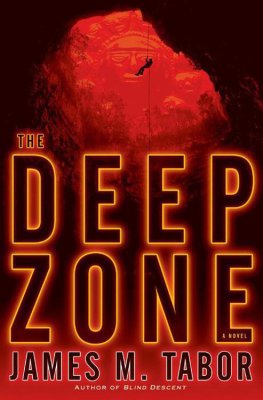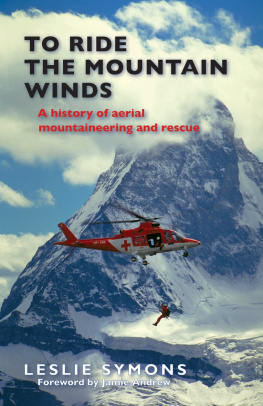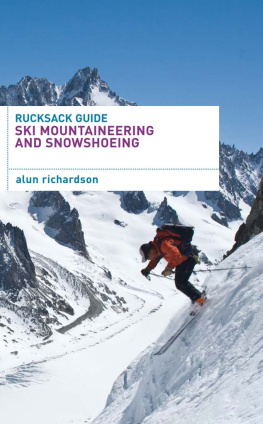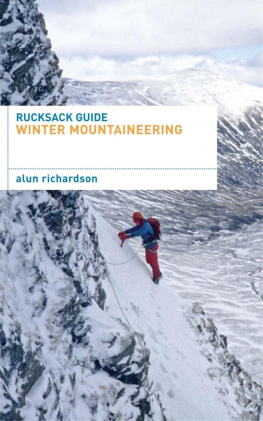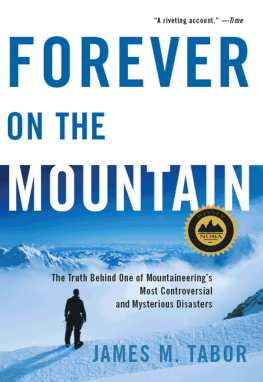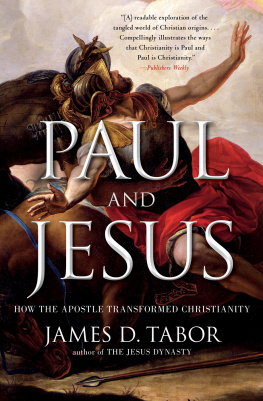T HE T RUTH B EHIND O NE OF M OUNTAINEERINGS M OST C ONTROVERSIAL AND M YSTERIOUS D ISASTERS
James M. Tabor
W. W. N ORTON & C OMPANY
Copyright 2007 by James M. Tabor
Maps of Alaska & Mt. McKinley / Denali and 1967 Tragedy Area: Camp VII to Summit by Paul J. Pugliese. Map of Mount McKinley, Alaska / Route of the Wilcox Expedition reproduced courtesy of Joseph Wilcox.
Excerpts from Guide to the Muldrow Glacier Route by Bradford Washburn and from Washburns correspondence (contained in the Washburn Collection at the Gottlieb Archive, Boston University, and the Washburn Collection at the University of Alaska) reproduced by permission of Barbara and Bradford Washburn. Excerpts from White Winds (1983) and A Readers Guide to the Hall of the Mountain King (1981) are reprinted by permission of Joseph Wilcox. Excerpts from The Hall of the Mountain King by Howard Snyder (1973) and Snyders expedition records and correspondence reproduced by permission of Howard Snyder.
For information about permission to reproduce selections from this book, write to Permissions,
W. W. Norton & Company, Inc., 500 Fifth Avenue, New York, NY 10110
Tabor, James M.
Forever on the mountain: the truth behind one of mountaineering's most controversial
and mysterious disasters / James M. Tabor.1st ed.
p. cm.
Includes bibliographical references.
ISBN: 978-0-393-06685-2
1. Mountaineering accidentsAlaskaMcKinley, Mount.
2. MountaineeringAlaskaMcKinley, Mount. I. Title.
GV199.42.A42M3273 2007
796.52209798dc22
W. W. Norton & Company. Inc., 500 Fifth Avenue, New York, N.Y. 10110
www.wwnorton.com
W. W. Norton & Company Ltd., Castle House, 75/76 Wells Street
London W1T 3QT
This book is dedicated to my family.
Acknowledgments
This book would never have been written but for the faith and hard work of three people: my wife, Liz, who, more than anyone or anything else, made it happen; my intrepid literary agent, Ethan Ellenberg, the first publishing industry professional who recognized the books value and then made it better; and W. W. Nortons marvelous editor Erik Johnson, who took the ball from Ethan and ran with it. If he is not Maxwell Perkins incarnate, I will eat my galley proofs.
It would be nice to say good things about the other W. W. Nortonians who helped create the book, but I cannot. I can only say great things about each and every one. Norton people are, quite simply, the kind that current conventional wisdom claims have disappeared from book publishing. I say, bosh. At Norton, they are utterly committed to excellence, generous to a fault with their time, endlessly patient, and exquisitely skilled at what they do.
Nancy Palmquist, managing editor; Don Rifkin, associate managing editor; and Barbara Feller-Roth, copy editor, did not blink when I turned in a 140,000-word manuscript, though the contract called for 85,000. They not only ensured the books accuracy but also artfully polished its sometimes-rough writing.
If clothes make a person, design and production make a book. Chris Welch, interior designer, gave this one lovely elegance. Debra Morton Hoyt, art director, and the DesignWorks Group jacket design studio captured McKinleys beauty and menace. Anna Oler, production manager, made sure that everything kept flowing despite deadlines that seemed to approach at light speed.
A book that nobody knows about is like that proverbial falling tree in the forest. Publicist Adele McCarthy-Beauvais made sure that Forever on the Mountain came out with a bang. A book that nobody buys is every writers nightmare, which Sales Director Bill Rusin made certain I would not have to endure. Finally, Felice Mello, U.S. subsidiary rights director, ensured that the book will find expression in so many other media that I have lost track of all of thembut not of my debt to her.
Special thanks must go to several other authors who gave their time to read early versions of the book and their wisdom to make it better. David Roberts I have thanked elsewhere. David Baron, the award-winning science journalist and author of The Beast in the Garden , provided far too much invaluable advice to list here, but I am deeply in his debt, as I am to the superb mountaineering writer and photographer Gordon Wiltsie, author most recently of To the Ends of the Earth .
Wallis Anne Wheeler, and my sons, Damon and Jack, read early versions and critiqued them wisely. Tasha Wallis and Missy Siner Sheas early encouragement helped greatly.
Many dedicated National Park Service (NPS) employees aided my research, including Stacey Chadwick, Kim Fister, mountaineering ranger Gordy Kito, Missy Smothers, and Stacey Walker. Denali National Park and Preserves current South District ranger, Daryl Miller, and Chief Climbing Ranger Roger Robinson, deserve special mention. Both consummate climbers and search-and-rescue experts, they shed priceless light on Denalis terrain, weather, rescues, and characters. Denali National Park historian Frank Norris supplied important information about the 1967 tragedys impact on park service policies and practices.
The University of Alaskas (UA) William Schneider, curator of Oral History, presides over the Jukebox Oral History Series, surely one of the worlds finest such collections. Very helpful work on my behalf was performed by UA archivists Peggy Asbury, Robyn Russell, Arlene Schulman, Caroline Atuk-Derrick, and Elizabeth Keech.
Though in their nineties, Brad and Barbara Washburn granted a number of interviews. They also gave permission to quote from materials contained in the Washburn Collection at the Howard Gottlieb Archival Research Center at Boston University, the Washburn Collection in the Rasmussen Library at the University of Alaska Fairbanks, and the Washburn Collection at the American Alpine Clubs (AAC) library in Golden, Colorado. Boston University Archivist JC Johnson and AAC library director Bridget Burke made my visits to their archives as enjoyable as they were fruitful. Betty Howlett of the Waitsfield Public Library was more helpful than I can express. Kim Woblaver transcribed many hours of taped interviews with estimable speed and accuracy.
Dr. Charles Houston, member of the legendary 1953 American K2 Expedition and paterfamilias of high-altitude research, was the single most important source of information about altitudes effect on humans. He and another American K2 veteran, the writer, cartographer, and artist Dee Molenaar, also helped me better understand ties that bind together brothers of the rope.
David Roberts shared his limitless knowledge of mountaineering history, helping me avoid the embarrassment of errors made by one less expert.
Weather was a key player in this tragedy, and a number of meteorologists unraveled mysteries of the epic storms of July 1967. These included forensic meteorologist Dr. Greg MacMaster; the Alaska Climate Research Centers Dr. Martha Shulski; and National Weather Service meteorologists Ted Fathauer and Scott Whittier. Meteorologists Matthew Sturm and Keith Heidorn were also helpful.
Forensic expertise came from a number of sources. Dr. Ruth Holmes, nationally known certified document examiner, analyzed handwriting samples from expedition members. Mark Wisniowski performed forensic examination and reconstruction of key photographs. Dr. Charles Perrow, author of the groundbreaking Normal Accidents , shed light on how complex systems such as mountain climbing expeditions fail. Dr. William Bass, founder of the legendary Body Farm at the University of Tennessee, helped me understand the esoterica of body decomposition. Psychologist Gail Rosenbaum illuminated the effects of altitude on intellect and personality.

